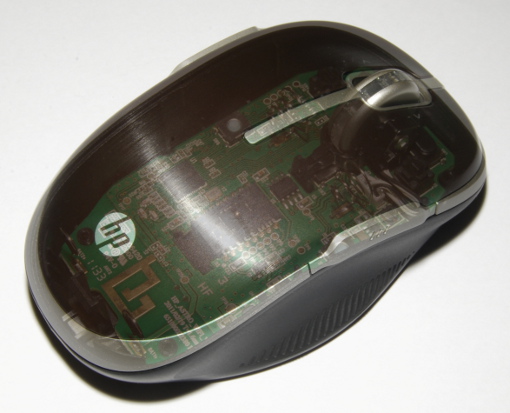Design Analysis of a Petzl ACTIK CORE Headlamp
2019/09/21 4 Comments
Hi! It’s been a while. :-)
Since my last post here five years ago I’ve been around a fair amount, played with new toys, built few things. One thing that recently impressed me though is this little mid range Petzl headlamp.
I’ve been using it for trail running in the night for the past two years, including some fairly long adventures. As an embedded enthusiast I got more interested in the design of the little thing, so I took it apart to study it, and found many non obvious things. Let’s try to highlight some of them here!



















